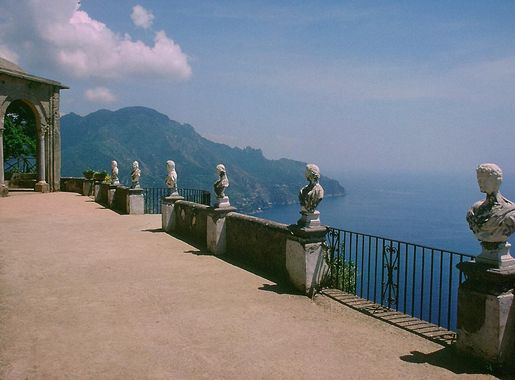
Enchanting Amalfi Coast: Italy's Coastal Gem
Discover the breathtaking beauty of Italy's Amalfi Coast: a paradise of vibrant villages, azure waters, and culinary delights, perfect for relaxation and adventure.
The Amalfi Coast, a stunning stretch of coastline in southern Italy, is renowned for its dramatic cliffs, vibrant villages, and azure waters. This UNESCO World Heritage site is a favorite among tourists for its breathtaking views, historic sites, and delightful cuisine. Visitors to the Amalfi Coast can explore charming towns like Positano, with its colorful houses cascading down the cliffs, and Amalfi, home to the magnificent Amalfi Cathedral. Don't miss the chance to visit Ravello, perched high above the sea, offering panoramic views and exquisite gardens. The coast is also a paradise for food lovers. Indulge in fresh seafood, homemade pasta, and local delicacies like limoncello. For the adventurous, there are plenty of hiking trails with stunning vistas, such as the Path of the Gods. Whether you're seeking relaxation or adventure, the Amalfi Coast promises an unforgettable experience.
Local tips in Amalfi Coast
- Visit during the shoulder season (April-May or September-October) to avoid the crowds and enjoy pleasant weather.
- Take a boat tour to fully appreciate the stunning coastline and visit hidden coves and grottoes.
- Wear comfortable shoes as many towns have steep and narrow streets.
- Try the local delicacy, 'sfogliatella,' a delicious shell-shaped pastry.
- Carry cash, as many small shops and restaurants do not accept credit cards.
Enchanting Amalfi Coast: Italy's Coastal Gem
The Amalfi Coast, a stunning stretch of coastline in southern Italy, is renowned for its dramatic cliffs, vibrant villages, and azure waters. This UNESCO World Heritage site is a favorite among tourists for its breathtaking views, historic sites, and delightful cuisine. Visitors to the Amalfi Coast can explore charming towns like Positano, with its colorful houses cascading down the cliffs, and Amalfi, home to the magnificent Amalfi Cathedral. Don't miss the chance to visit Ravello, perched high above the sea, offering panoramic views and exquisite gardens. The coast is also a paradise for food lovers. Indulge in fresh seafood, homemade pasta, and local delicacies like limoncello. For the adventurous, there are plenty of hiking trails with stunning vistas, such as the Path of the Gods. Whether you're seeking relaxation or adventure, the Amalfi Coast promises an unforgettable experience.
When is the best time to go to Amalfi Coast?
Iconic landmarks you can’t miss
Villa Rufolo
Experience the enchanting beauty and rich history of Villa Rufolo, a historical landmark in Ravello overlooking the stunning Amalfi Coast.
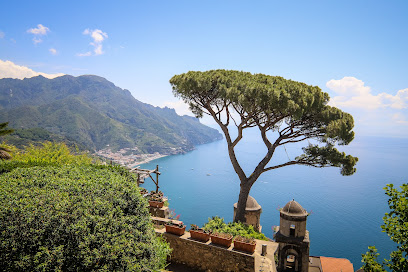
Grotta dello Smeraldo
Explore the mesmerizing Grotta dello Smeraldo, a natural gem of the Amalfi Coast with enchanting emerald waters and stunning rock formations.
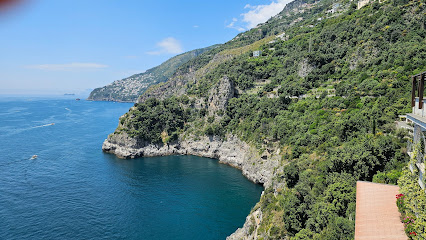
Villa Cimbrone Gardens
Discover the enchanting beauty of Villa Cimbrone Gardens, where stunning coastal views and lush landscapes create a tranquil escape in Ravello, Italy.
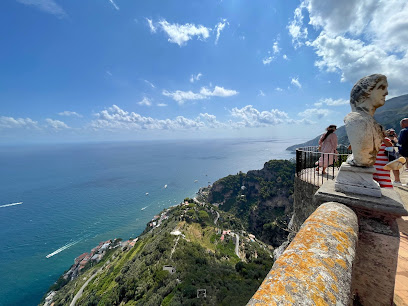
Fiordo di Furore
Discover the breathtaking beauty of Fiordo di Furore, a serene fjord on the Amalfi Coast offering stunning cliffs and crystal-clear waters.
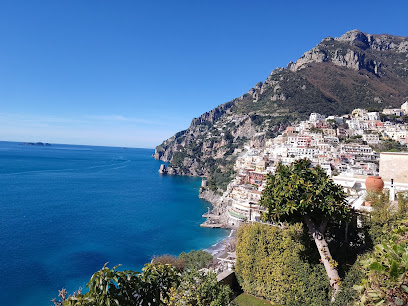
Museo della Carta
Discover the art and history of paper making at Museo della Carta in Amalfi, a captivating museum celebrating local craftsmanship and heritage.
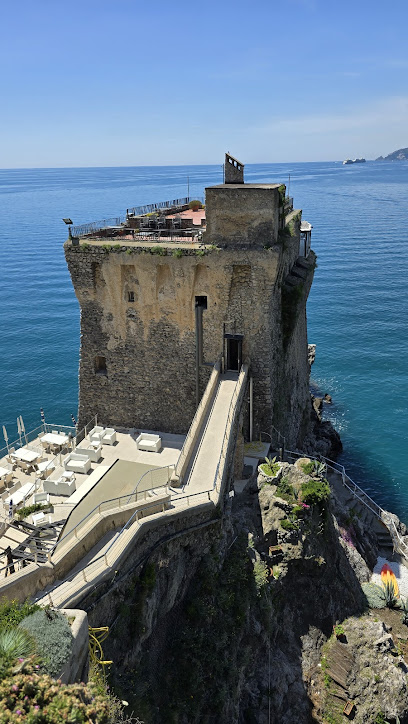
Duomo di Amalfi
Discover the breathtaking Duomo di Amalfi, a stunning cathedral reflecting the rich history and architectural beauty of the Amalfi Coast.
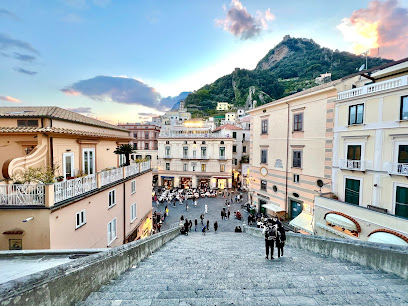
Torre dello Ziro
Explore Torre dello Ziro, a historic watchtower offering breathtaking views and an unforgettable hiking experience along the stunning Amalfi Coast.
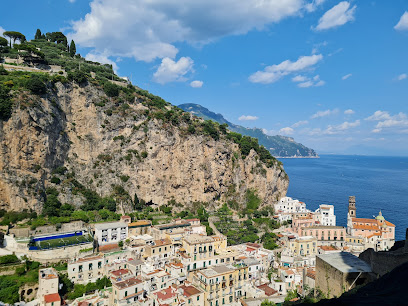
Cruise & Snorkel Amalfi Coast - Amalfi Boat Tours
Experience the Amalfi Coast's breathtaking beauty from the water with unforgettable boat tours and snorkeling adventures.
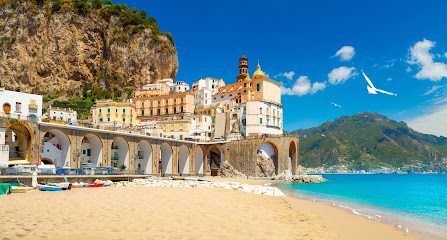
Castello Lauritano
Discover the enchanting Castello Lauritano, a scenic spot offering breathtaking views and rich history on the stunning Amalfi Coast.
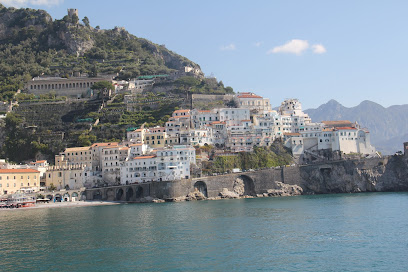
Saint Andrew's Fountain Amalfi
Explore the breathtaking Saint Andrew's Fountain in Amalfi, a baroque masterpiece surrounded by vibrant culture and history.
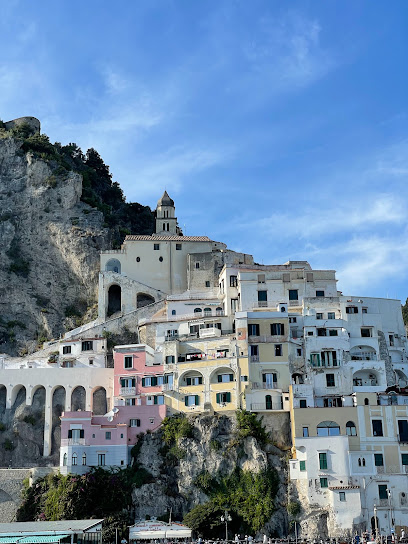
Antico Arsenale della Repubblica di Amalfi
Discover the maritime history of Amalfi at the Antico Arsenale della Repubblica, a captivating museum showcasing ancient shipbuilding and naval artifacts.
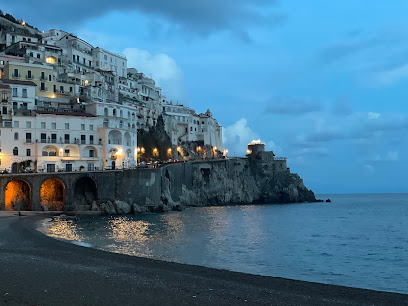
Chiostro del Paradiso
Explore the serene beauty of Chiostro del Paradiso in Amalfi, a historic cloister adorned with stunning frescoes and lush gardens.

Panorama Amalfi Coast
Experience the stunning views of the Amalfi Coast at Panorama Amalfi Coast, a must-see destination in Ravello, Italy.
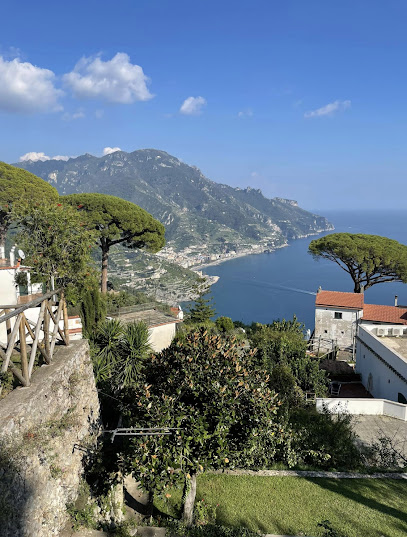
Amalfi
Experience the enchanting coastal town of Amalfi, a picturesque gateway to the stunning Amalfi Coast, rich in history and breathtaking views.
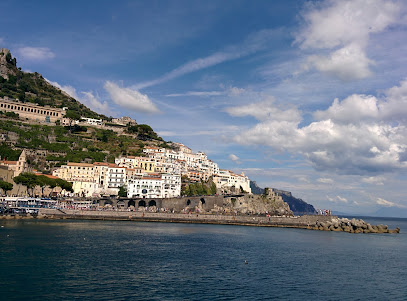
Vine Beach
Discover the beauty of Vine Beach, a stunning public beach on the Amalfi Coast, perfect for relaxation, swimming, and enjoying local Italian culture.
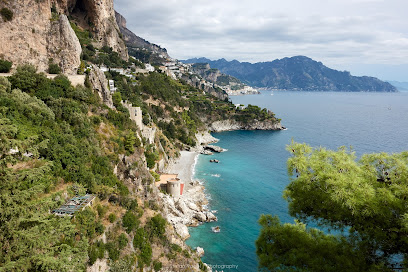
Unmissable attractions to see
Murale Diego Armando Maradona - Quartieri Spagnoli
Discover the Murale Diego Armando Maradona, a vibrant tribute to football's legend in the heart of Naples' Quartieri Spagnoli, a must-see for all visitors.
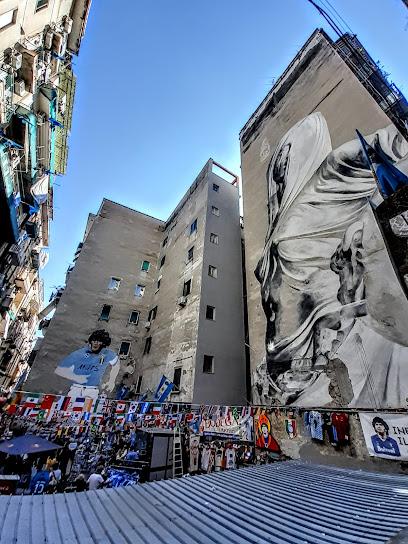
Teatro Diana
Explore the captivating world of Italian theater at Teatro Diana, a vibrant performing arts venue in the heart of Naples, showcasing diverse performances.

Valle dell'Orso
Experience the ultimate fun at Valle dell'Orso, a top water park in Torre del Greco featuring exciting slides, lazy rivers, and family-friendly attractions.
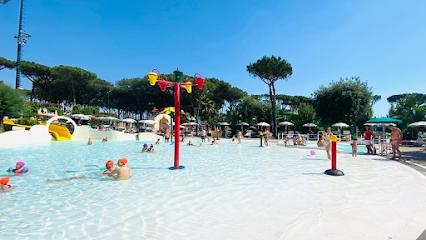
Baia di Trentova Agropoli
Discover the natural beauty of Baia di Trentova, a stunning public beach in Agropoli, perfect for relaxation, adventure, and breathtaking views.
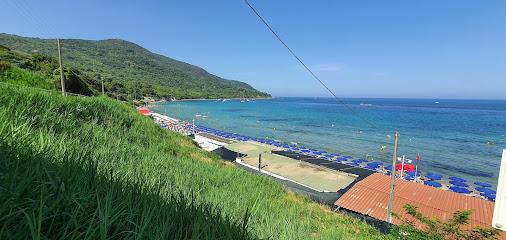
Teatro Augusteo
Discover the magic of Teatro Augusteo, Naples' premier performing arts theater, showcasing a rich tapestry of cultural performances in a stunning historic venue.
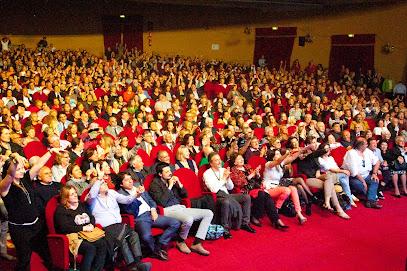
Porto di Agropoli
Experience the vibrant atmosphere and stunning beauty of Porto di Agropoli, a must-visit marina on Italy's Cilento coast.
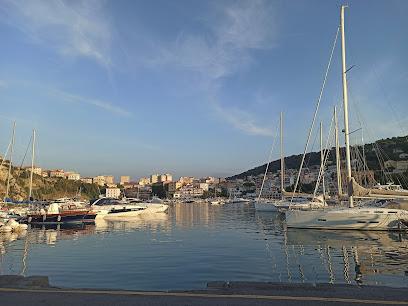
Villa Floridiana
Explore the enchanting Villa Floridiana, a serene state park in Naples, rich in history, stunning gardens, and captivating views.
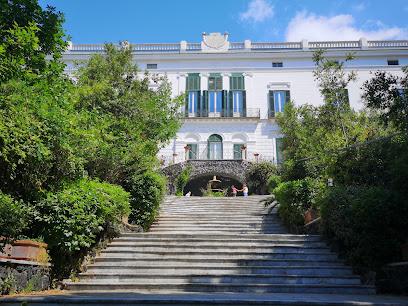
Path of the Lemons
Explore the stunning Path of the Lemons on the Amalfi Coast, where fragrant lemon groves meet breathtaking Mediterranean views.
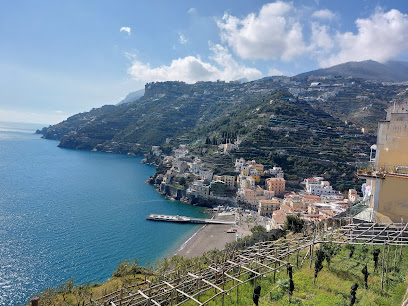
Villa Campolieto
Discover the neoclassical elegance of Villa Campolieto in Ercolano, Italy - a historical landmark with stunning architecture and serene gardens.
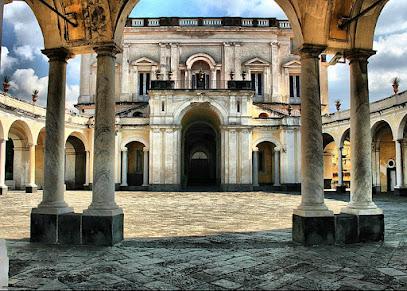
Palazzo Petrucci Ristorante
Experience the best of Neapolitan cuisine with stunning views at Palazzo Petrucci Ristorante in Naples, Italy.
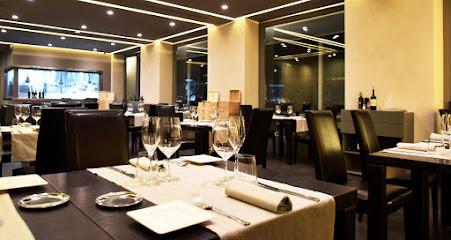
Teatro Sannazaro
Discover the enchanting performances at Teatro Sannazaro, Naples' premier destination for captivating arts and culture.
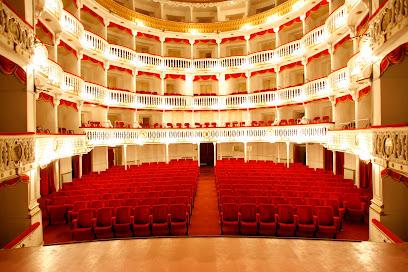
Costiera Amalfitana Positano
Explore the enchanting charm of Positano, a breathtaking cliffside village on the Amalfi Coast, filled with vibrant culture, stunning views, and exquisite cuisine.
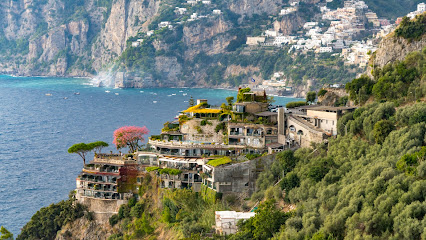
Parco Archeologico del Pausilypon
Discover the ancient Roman heritage and stunning vistas at Parco Archeologico del Pausilypon in Naples, a perfect blend of history and nature.
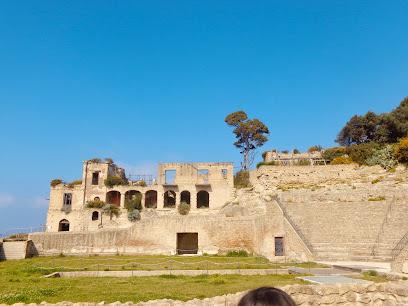
Teatro Verdi
Discover the captivating Teatro Verdi in Salerno, a cultural masterpiece offering exquisite performances in neoclassical elegance.
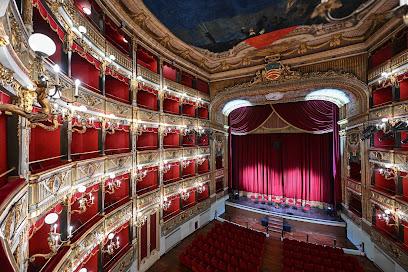
Medieval Aqueduct
Discover the breathtaking Medieval Aqueduct in Salerno, a historical landmark that showcases the city's rich architectural heritage and medieval engineering marvel.
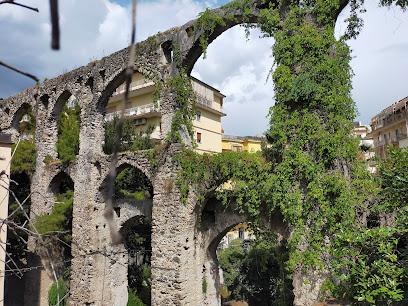
Essential places to dine
Da Maria
Experience authentic Italian cuisine at Da Maria, where delicious pizza and fresh seafood meet stunning coastal views in Amalfi.
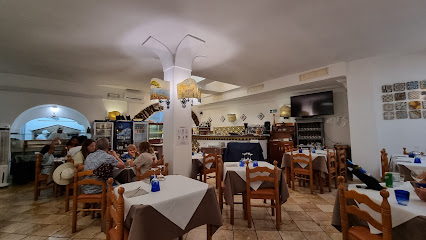
Lo Smeraldino
Experience authentic Mediterranean flavors at Lo Smeraldino in Amalfi - where every meal is a feast for your senses.
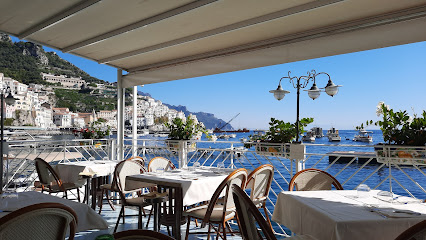
Da Gemma
Discover authentic Italian cuisine at Da Gemma in Amalfi - where seafood meets tradition amidst stunning coastal views.
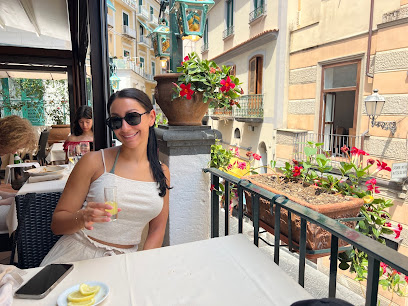
Ristorante L'Abside
Experience authentic Italian cuisine at Ristorante L'Abside with stunning coastal views in Amalfi.
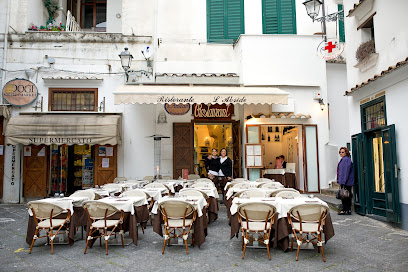
La Taverna del Duca
Experience authentic Italian flavors at La Taverna del Duca in Amalfi - where every meal is a celebration of Mediterranean cuisine.
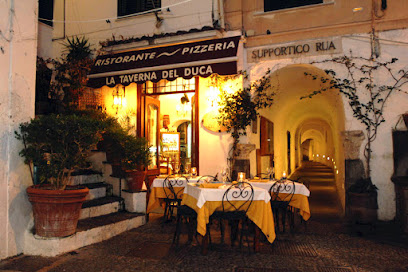
Trattoria dei Cartari
Discover authentic Italian flavors at Trattoria dei Cartari in Amalfi – where fresh seafood meets traditional cuisine.
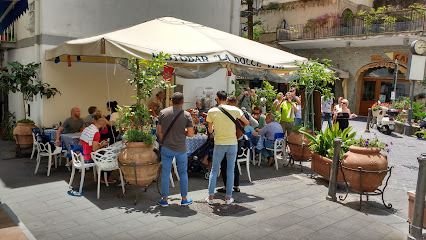
Marina Grande
Experience authentic Southern Italian cuisine with stunning coastal views at Marina Grande in Amalfi.
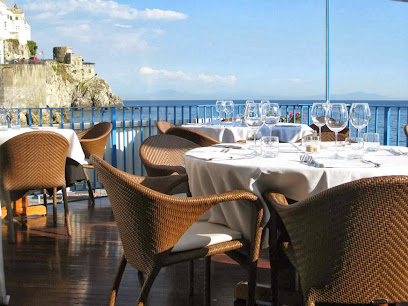
Da Ciccio Cielo Mare Terra
Discover exquisite Italian and seafood cuisine at Da Ciccio Cielo Mare Terra, where every meal offers stunning views on the enchanting Amalfi Coast.
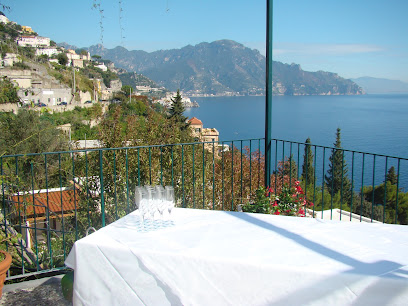
Taverna Buonvicino
Experience authentic Italian seafood at Taverna Buonvicino in Amalfi - where exquisite flavors meet breathtaking coastal views.

Amalfi Terminal
Experience authentic Italian cuisine at Amalfi Terminal - where local flavors meet modern gastronomy on the breathtaking Amalfi Coast.
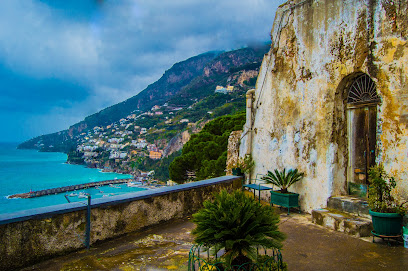
Tarì Art Restaurant
Discover exquisite Mediterranean cuisine at Tarì Art Restaurant in Amalfi, where traditional flavors meet modern artistry.
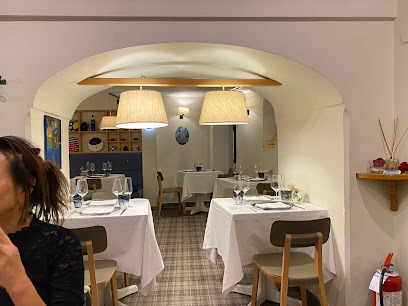
B&B Al Pesce d'Oro
Experience authentic Amalfi hospitality at B&B Al Pesce d'Oro - where exquisite seafood meets comfortable accommodations.

Locanda del Marinaio
Experience authentic Italian cuisine with stunning views at Locanda del Marinaio on the beautiful Amalfi Coast.
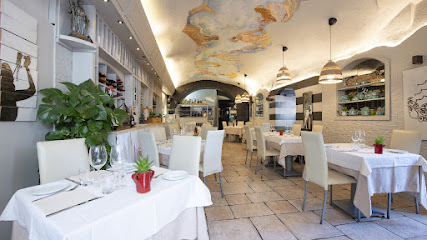
Agricola Fore Porta
Discover the essence of Italian cuisine at Agricola Fore Porta: an organic farmstay offering authentic flavors amid stunning Amalfi Coast views.
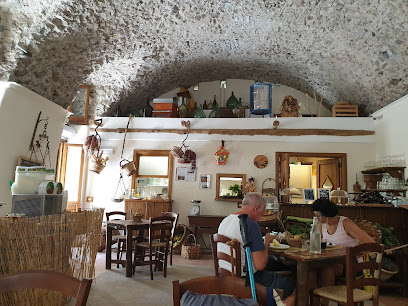
Taverna degli Apostoli
Experience authentic Italian cuisine at Taverna degli Apostoli in Amalfi – where every meal tells a story of tradition and flavor.
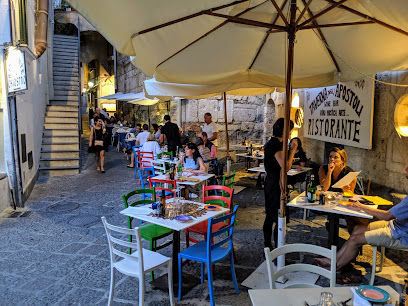
Markets, malls and hidden boutiques
Antichi Sapori d'Amalfi
Discover the essence of Amalfi at Antichi Sapori d'Amalfi, where local limoncello and handcrafted pottery await your exploration.
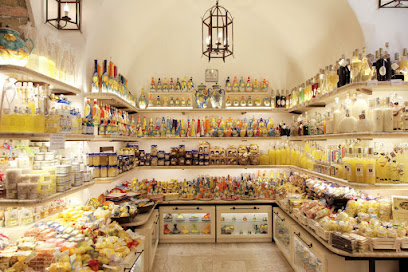
JP boutique
Explore exclusive clothing and accessories at JP Boutique, an Amalfi treasure for fashion lovers seeking unique styles.
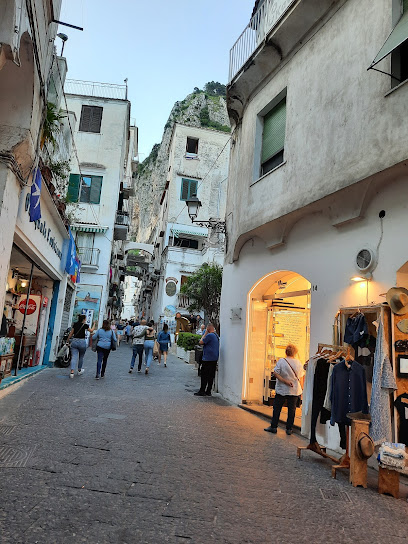
Bazar Florio
Explore Bazar Florio in Amalfi for exquisite leather goods, handcrafted with passion and skill, perfect for unique gifts and timeless memories.
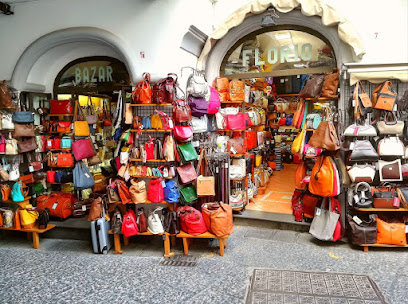
TABULA - Carta di Amalfi handmade paper
Explore the artistry of handmade paper at Tabula in Amalfi, where tradition meets creativity in every exquisite piece.
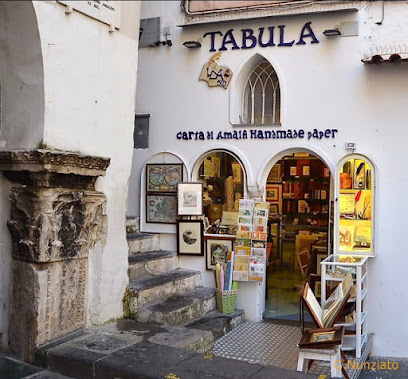
La Scuderia del Duca
Discover rare antiques and exquisite stationery at La Scuderia del Duca in Amalfi, where history and craftsmanship meet.
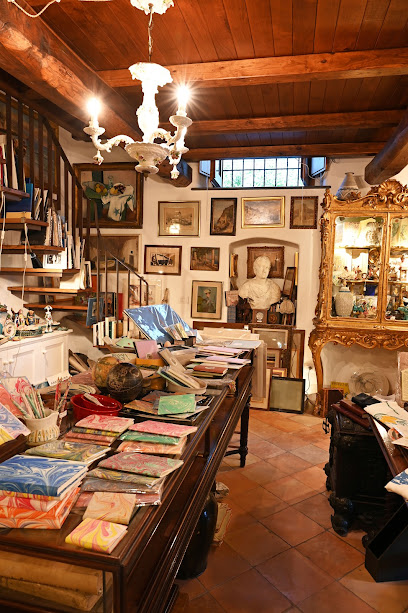
Antica Sartoria by Giacomo Cinque
Discover the vibrant fashion of the Amalfi Coast at Antica Sartoria by Giacomo Cinque, a boutique offering exquisite Italian clothing.
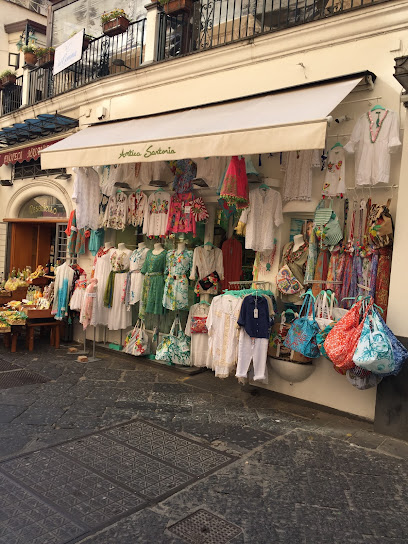
Finery Di D'Alessandro Antonietta & C.
Explore the enchanting Finery Di D'Alessandro Antonietta & C. boutique in Amalfi for unique clothing and handcrafted accessories that celebrate local artistry.
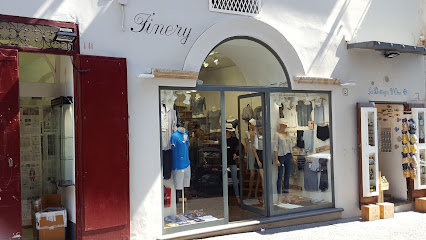
La Bottega D' Oro
Explore the heart of Amalfi's wine culture at La Bottega D' Oro, where exquisite selections and expert guidance await.
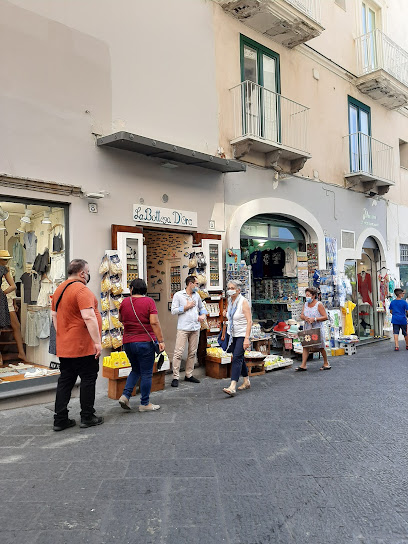
Shop Altracostiera
Explore the heart of Amalfi at Shop Altracostiera, where exquisite handicrafts and pottery celebrate the rich local culture.
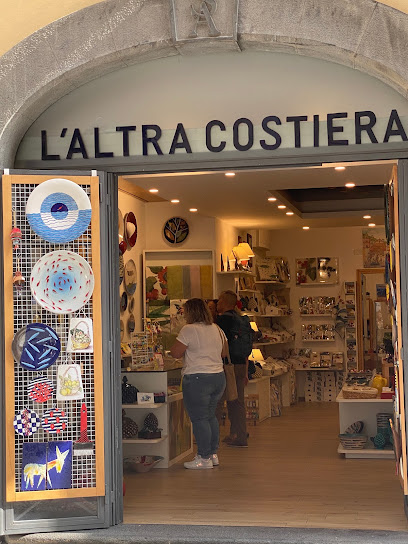
Di Lieto Matteo
Explore Di Lieto Matteo, a treasured pottery store in Amalfi, showcasing exquisite ceramics that embody the spirit of the Amalfi Coast.
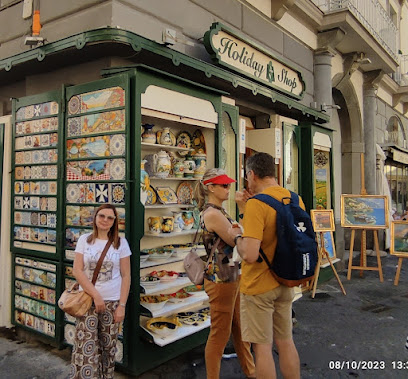
ANGELA ROMANO AMALFI
Discover the elegance of Italian fashion at Angela Romano in Amalfi, where quality and style meet the charm of the Amalfi Coast.
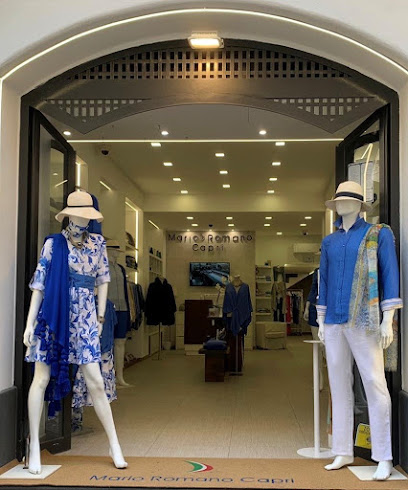
Boutique Lilliput Di Camera Rita
Boutique Lilliput Di Camera Rita offers stylish children's clothing in a charming Amalfi boutique, perfect for fashion-forward families visiting the stunning Amalfi Coast.
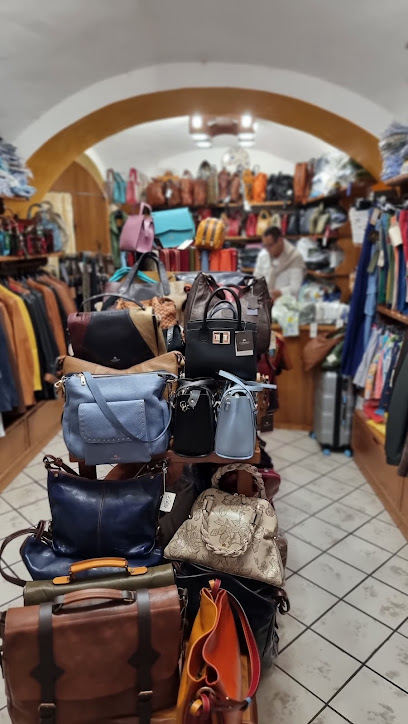
Ciuccio
Discover unique handmade gifts and artisanal treasures at Ciuccio, a charming gift shop in the heart of Amalfi, Italy.
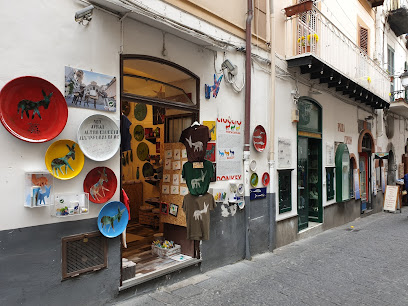
Stefania Boutique Amalfi
Discover Italian elegance at Stefania Boutique Amalfi, your go-to destination for fashion, swimwear, and unique accessories on the stunning Amalfi Coast.
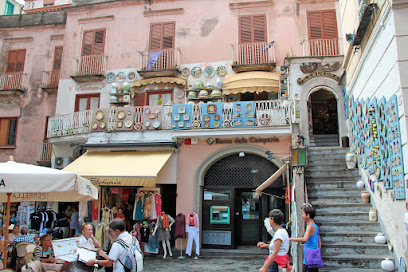
Ricky's Shop
Discover unique gifts and souvenirs at Ricky's Shop in Amalfi, capturing the essence of Italy's breathtaking coastal beauty.
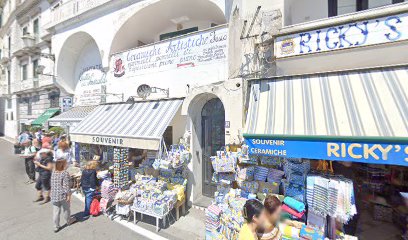
Essential bars & hidden hideouts
Bar Francese
Experience the authentic taste of Italy at Bar Francese, a premier espresso bar in Amalfi's lively Piazza Duomo.
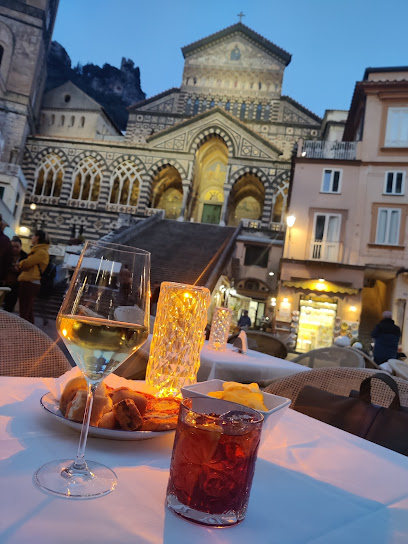
Bar Della Valle
Experience the essence of Amalfi at Bar Della Valle, where delicious flavors meet stunning coastal views in a cozy café atmosphere.
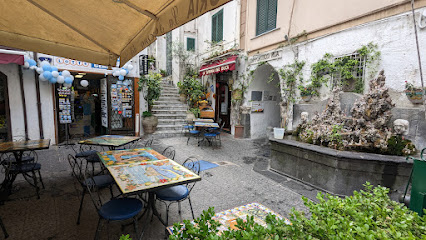
Amalfi Terminal
Experience the vibrant flavors of the Amalfi Coast at Amalfi Terminal, a charming gastropub offering local delicacies and stunning harbor views.
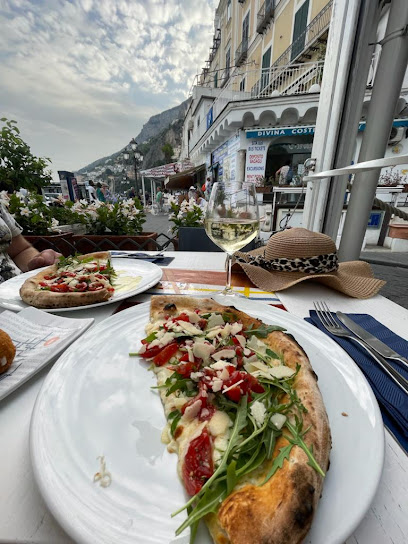
Gerry's pub
Discover the perfect blend of Italian cuisine and local charm at Gerry's Pub in the heart of Amalfi.
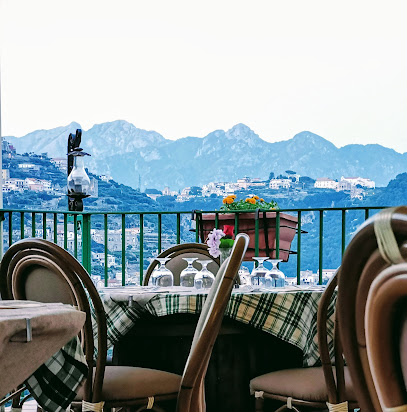
Masaniello Art Café
Experience the vibrant blend of art, cocktails, and gourmet burgers at Masaniello Art Café in the heart of Amalfi.
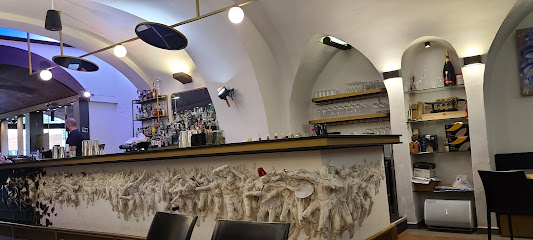
Silver Moon
Discover Silver Moon in Amalfi, where vibrant atmosphere meets exquisite Mediterranean cuisine amidst breathtaking coastal views.
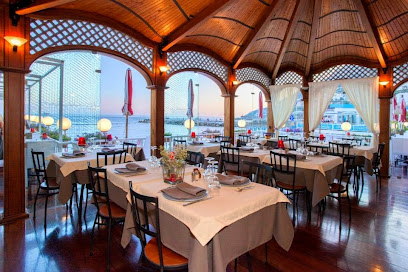
Enoteca e Gastronomia il Protontino
Discover the culinary treasures of Amalfi at Enoteca e Gastronomia il Protontino, where exquisite flavors and fine wines await every visitor.

Gran Caffè
Discover the essence of Amalfi at Gran Caffè, where rich coffee and delectable pastries meet stunning coastal views.
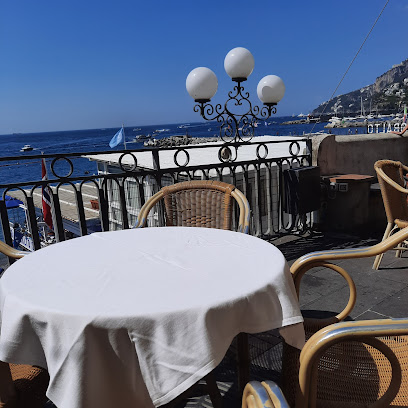
Blu Sirena
Experience the charm of Amalfi at Blu Sirena, where delightful cuisine meets stunning coastal views in a vibrant atmosphere.
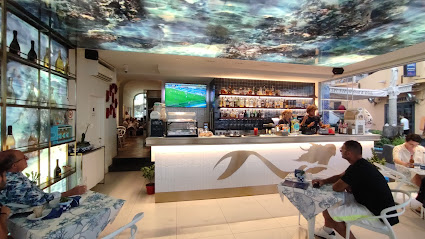
La Dolce Vita
Experience the essence of Italian hospitality at La Dolce Vita, a charming bar and café in the heart of Amalfi, perfect for a refreshing break.
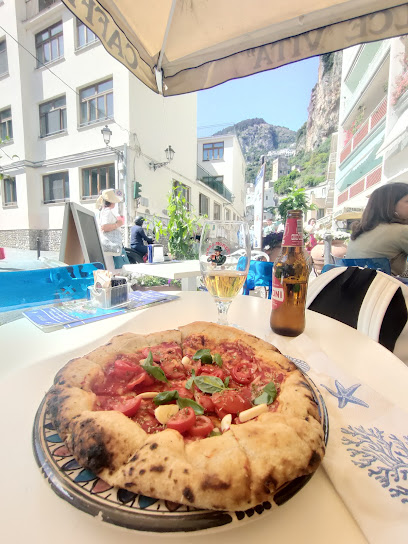
Cocktail Bar
Discover the vibrant cocktail bar in Amalfi, where expertly crafted drinks and stunning views create an unforgettable experience.
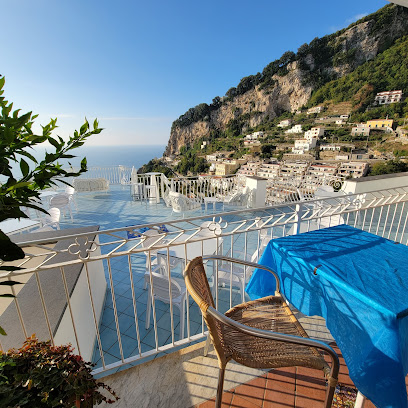
Il Protontino
Discover the culinary excellence of Il Protontino, a top-tier restaurant in Amalfi, serving exquisite Italian food with stunning coastal views.
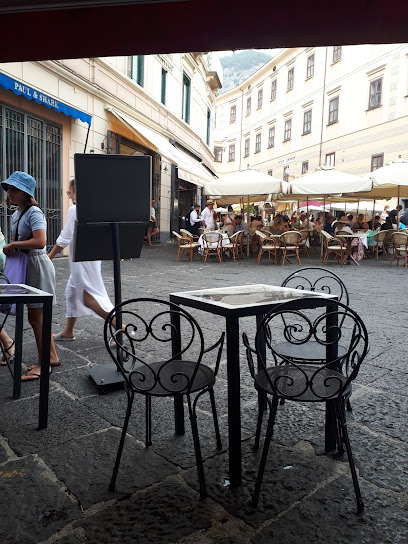
Bar Savoia
Experience the charm of Amalfi at Bar Savoia, where delightful drinks and local flavors await in a stunning coastal setting.
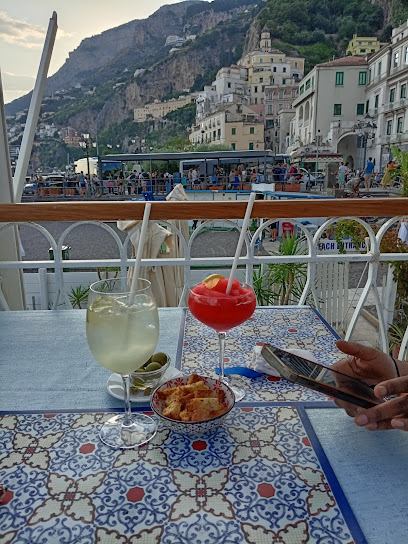
Wine Bar La Risacca
Experience the best of Italian wine and cocktails at Wine Bar La Risacca, nestled in the picturesque Atrani, perfect for relaxation after exploring the Amalfi Coast.
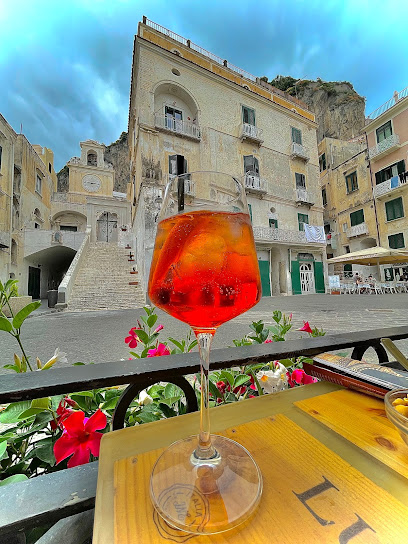
Lo Scugnizzo
Discover the charm of Amalfi at Lo Scugnizzo, a cozy bar serving delightful drinks and local snacks amid vibrant coastal scenery.
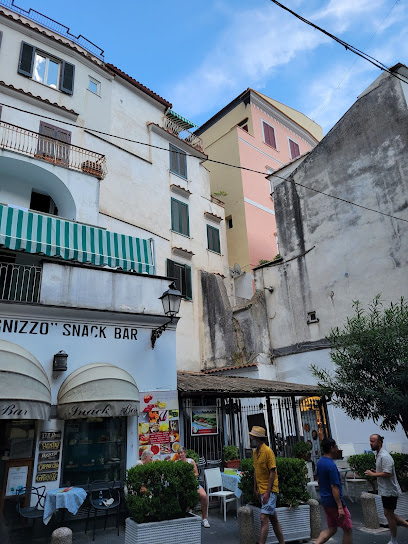
Local Phrases about Amalfi Coast
-
- HelloCiao
[chow] - GoodbyeArrivederci
[ah-ree-veh-dehr-chee] - YesSì
[see] - NoNo
[noh] - Please/You're welcomePer favore/Prego
[pehr fah-voh-reh/preh-goh] - Thank youGrazie
[graht-zee-eh] - Excuse me/SorryMi scusi/Scusa
[mee skoo-zee/skoo-zah] - How are you?Come stai?
[koh-meh stah-ee] - Fine. And you?Bene. E tu?
[beh-neh. eh too] - Do you speak English?Parli inglese?
[pahr-lee een-gleh-zeh] - I don't understandNon capisco
[nohn kah-pee-skoh]
- HelloCiao
-
- I'd like to see the menu, pleaseVorrei vedere il menu, per favore
[vohr-ray veh-deh-reh eel meh-noo, pehr fah-voh-reh] - I don't eat meatNon mangio carne
[nohn mahn-joh kahr-neh] - Cheers!Salute!
[sah-loo-teh] - I would like to pay, pleaseVorrei pagare, per favore
[vohr-ray pah-gah-reh, pehr fah-voh-reh]
- I'd like to see the menu, pleaseVorrei vedere il menu, per favore
-
- Help!Aiuto!
[ah-yoo-toh] - Go away!Vai via!
[vah-ee vee-ah] - Call the Police!Chiamate la polizia!
[kyah-mah-teh lah poh-lee-ts-yah] - Call a doctor!Chiamate un dottore!
[kyah-mah-teh oon doh-toh-reh] - I'm lostMi sono perso
[mee soh-noh pehr-soh] - I'm illSono malato
[soh-noh mah-lah-toh]
- Help!Aiuto!
-
- I'd like to buy...Vorrei comprare...
[vohr-ray kohm-prah-reh] - I'm just lookingSto solo guardando
[stoh soh-loh gwahr-dahn-doh] - How much is it?Quanto costa?
[kwahn-toh koh-stah] - That's too expensiveÈ troppo caro
[eh troh-poh kahr-oh] - Can you lower the price?È possibile abbassare il prezzo?
[eh pohs-see-bee-leh ahb-bahs-sah-reh eel preh-tsoh]
- I'd like to buy...Vorrei comprare...
-
- What time is it?Che ora è?
[keh oh-rah eh] - It's one o'clockÈ l'una
[eh loo-nah] - Half past (10)Sono le dieci e mezza
[soh-noh leh dyeh-chee eh meh-tsah] - MorningMattina
[maht-tee-nah] - AfternoonPomeriggio
[poh-meh-reed-joh] - EveningSera
[seh-rah] - YesterdayIeri
[yeh-ree] - TodayOggi
[oh-jee] - TomorrowDomani
[doh-mah-nee] - 1Uno
[oo-noh] - 2Due
[dweh] - 3Tre
[treh] - 4Quattro
[kwah-troh] - 5Cinque
[cheen-kweh] - 6Sei
[say] - 7Sette
[seh-tay] - 8Otto
[oht-toh] - 9Nove
[noh-veh] - 10Dieci
[dyeh-chee]
- What time is it?Che ora è?
-
- Where's a/the...?Dov'è...?
[doh-veh] - What's the address?Qual è l'indirizzo?
[kwahl eh leen-dee-ree-tsoh] - Can you show me (on the map)?Puoi mostrarmi (sulla mappa)?
[pwah-ee mohs-trahr-mee] - When's the next (bus)?Quando arriva il prossimo (autobus)?
[kwahn-doh ahr-ree-vah eel prohs-shee-moh] - A ticket (to ....)Un biglietto (per ....)
[oon beel-lyet-toh pehr]
- Where's a/the...?Dov'è...?
History of Amalfi Coast
-
During the 9th and 11th centuries, Amalfi was one of the four powerful Maritime Republics in Italy, alongside Venice, Genoa, and Pisa. The Republic of Amalfi was a significant trade center with its own fleet and flourished through maritime commerce, establishing trade routes across the Mediterranean. Its merchants were renowned for their navigational skills and created the 'Amalfi Tables,' an early maritime code that influenced future maritime laws.
-
The Amalfi Cathedral, or Cattedrale di Sant'Andrea, is a 9th-century Roman Catholic cathedral dedicated to Saint Andrew. It stands as a testament to the region's rich religious and cultural history. The cathedral's Byzantine and Romanesque architectural elements, along with its stunning bronze doors cast in Constantinople, reflect the cross-cultural influences that shaped Amalfi's identity.
-
Amalfi's paper industry dates back to the 13th century. The town became renowned for its production of high-quality paper, known as 'bambagina,' which was made using cotton and linen rags. The Valle dei Mulini, or Valley of the Mills, is dotted with ancient paper mills that harnessed the power of the Canneto River. The Museo della Carta (Paper Museum) in Amalfi offers insights into this artisanal tradition.
-
The Ravello Festival, originating in 1953, is an annual music and arts event held in the town of Ravello on the Amalfi Coast. The festival was inspired by the German composer Richard Wagner, who visited Ravello in 1880. The event celebrates music, dance, and visual arts, attracting artists and visitors from around the world. Performances often take place in the stunning Villa Rufolo gardens, providing a breathtaking backdrop.
-
The Amalfi Coast is dotted with ancient watchtowers known as Saracen Towers, built between the 9th and 16th centuries to protect the coastline from pirate raids, particularly by the Saracens. These towers provided early warnings of impending attacks and were part of a larger defense system. Many of these towers, such as the Torre dello Ziro and the Torre di Cetara, still stand today and offer panoramic views of the coast.
-
The Sentiero degli Dei, or Path of the Gods, is a historic hiking trail that stretches from the town of Bomerano to Nocelle, near Positano. The trail, which offers stunning views of the coastline and the Tyrrhenian Sea, has been used for centuries by locals and traders. It is said that the trail's name originates from the mythological belief that the gods once walked this path to save Ulysses from the sirens that inhabited the nearby islands.
Amalfi Coast Essentials
-
The Amalfi Coast is located in the Campania region of Italy. The nearest major airport is Naples International Airport (NAP), which is approximately 60 kilometers away. From Naples, you can take a train to Salerno or Sorrento, and then transfer to a bus or ferry that services the Amalfi Coast. Alternatively, you can rent a car, but be prepared for narrow, winding roads.
-
Public transportation along the Amalfi Coast includes buses operated by SITA and ferries connecting major towns like Amalfi, Positano, and Sorrento. Taxis are available but can be expensive. Renting a scooter or car is an option, though driving can be challenging due to narrow roads and traffic. Walking is often the best way to explore individual towns.
-
The official currency is the Euro (€). Credit cards are widely accepted in hotels, restaurants, and shops, but it's advisable to carry some cash for smaller establishments and local markets. ATMs are available in major towns along the coast.
-
The Amalfi Coast is generally safe for tourists. However, pickpocketing can occur in crowded areas, so keep an eye on your belongings. Exercise caution when walking on narrow roads, especially at night. There are no specific high-crime areas targeting tourists, but staying vigilant is always a good practice.
-
In case of emergency, dial 112 for immediate assistance. Medical facilities are available in larger towns like Amalfi and Salerno. Travel insurance covering medical emergencies is recommended. Pharmacies are well-stocked, but it's wise to bring any necessary medications with you.
-
Fashion: Do dress stylishly but comfortably. Avoid overly casual clothing when dining out. Religion: Do dress modestly when visiting churches; shoulders and knees should be covered. Public Transport: Do validate your bus ticket before boarding. Don't be loud or disruptive. Greetings: Do greet people with a 'Buongiorno' (good morning) or 'Buonasera' (good evening). Eating & Drinking: Do try local dishes and wines. Don't rush meals; dining is a leisurely activity.
-
To experience the Amalfi Coast like a local, visit during the shoulder seasons (spring and fall) to avoid crowds. Explore lesser-known towns like Ravello and Atrani. Try local specialties like limoncello, fresh seafood, and handmade pasta. Engage with locals, who are often happy to share their favorite spots and tips.
Trending Landmarks in Amalfi Coast
-
Villa Rufolo
-
Grotta dello Smeraldo
-
Villa Cimbrone Gardens
-
Fiordo di Furore
-
Museo della Carta
-
Duomo di Amalfi
-
Torre dello Ziro
-
Cruise & Snorkel Amalfi Coast - Amalfi Boat Tours
-
Castello Lauritano
-
Saint Andrew's Fountain Amalfi
-
Antico Arsenale della Repubblica di Amalfi
-
Chiostro del Paradiso
-
Panorama Amalfi Coast
-
Amalfi
-
Vine Beach
Nearby Cities to Amalfi Coast
-
Things To Do in Ravello
-
Things To Do in Positano
-
Things To Do in Pompeii
-
Things To Do in Sorrento
-
Things To Do in Herculaneum
-
Things To Do in Capri
-
Things To Do in Naples
-
Things To Do in Matera
-
Things To Do in Bari
-
Things To Do in Rome
-
Things To Do in St. Peter's Square
-
Things To Do in Apostolic Palace
-
Things To Do in Vatican Necropolis
-
Things To Do in St. Peter's Basilica
-
Things To Do in Sistine Chapel



